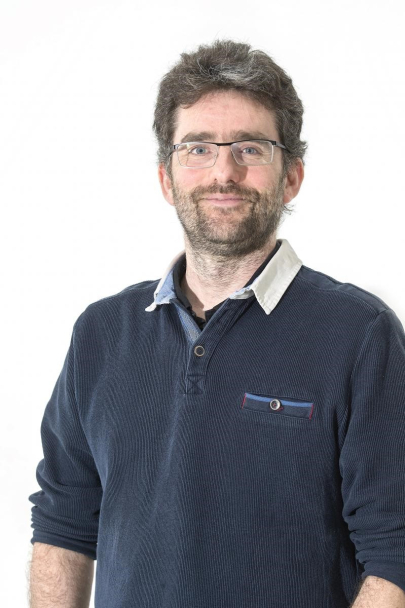Arnaud MilletInstitut pour l'avancée des biosciences (IAB) - CNRS / Inserm / Université Grenoble Alpes
Mes recherches
Mes recherches portent sur l’importance de l’intégration des signaux physiques en provenance de l’environnement cellulaire par les macrophages sur leurs fonctions immunes. Immunologiste clinicien de formation, je me suis intéressé à la reprogrammation des macrophages au cours de la phase résolutive de l’inflammation et aux conséquences pathologiques d’un dérèglement de ce mécanisme au cours de ma thèse (2010-2014). J’ai obtenu l’ATIP-Avenir en 2015, ce qui m’a permis de créer l’équipe « Mécanobiologie, Immunité et cancer » puis d’être recruté chargé de recherche de classe 1 à l’Inserm en 2016. J’ai rejoint l’IAB en 2017. Le projet de l’équipe se concentre sur la compréhension de l’intégration de signaux physiques (élasticité, topologie, oxygène) par les macrophages et d’étudier l’impact de ces signaux sur les communications prenant place avec les cellules cancéreuses pour pouvoir cibler ce dialogue. A terme, nous voulons développer des stratégies de reprogramming des macrophages associés à la tumeur en utilisant des biomatériaux modulant l’environnement physique des macrophages.
Mon projet ATIP-Avenir
Nanomechanical signature of tumors. Physical based targeting of tumour associated macrophages.
Following the tremendous progress in the understanding of pathological processes involved in cancers, it has been increasingly recognized that the mechanical property of the tumour microenvironment is a fundamental keystone of cancer biology. The mechanical properties of tissues change significantly during the progression from a healthy state to a malignant one. Due to its growth, the tumor interacts mechanically with its surrounding. It is now accepted that mechanical forces acting on cells can regulate signaling pathways responsible for cell death, division, differentiation and migration. It is then of outstanding importance to understand how the mechanical environment is regulated during tumor progression. At the molecular level, we know that the extracellular matrix is modified by complex structural changes during tumor initiation and progression which would lead to mechanical modified properties. Our hypothesis is that mechanical properties of tumorous tissues are a unique opportunity to develop innovative therapeutic strategies based on physical targeting of the tumor microenvironment.
The project was initially designed to address three main questions:
- Is it possible to obtain a nanomechanical signature of cancerous tissues?
- How could we obtain a molecular characterization of macrophages under various mechanical environments?
- And could biomaterials be used as tools in order to reeducate the tumor microenvironment by targeting tumor associated macrophages?
These questions are deeply interconnected. The final goal of targeting macrophages associated with tumors by biomaterials is only possible if we understand how the mechanics and more generally the physical characteristics of pathological tissues impact macrophages’ state of activation.
